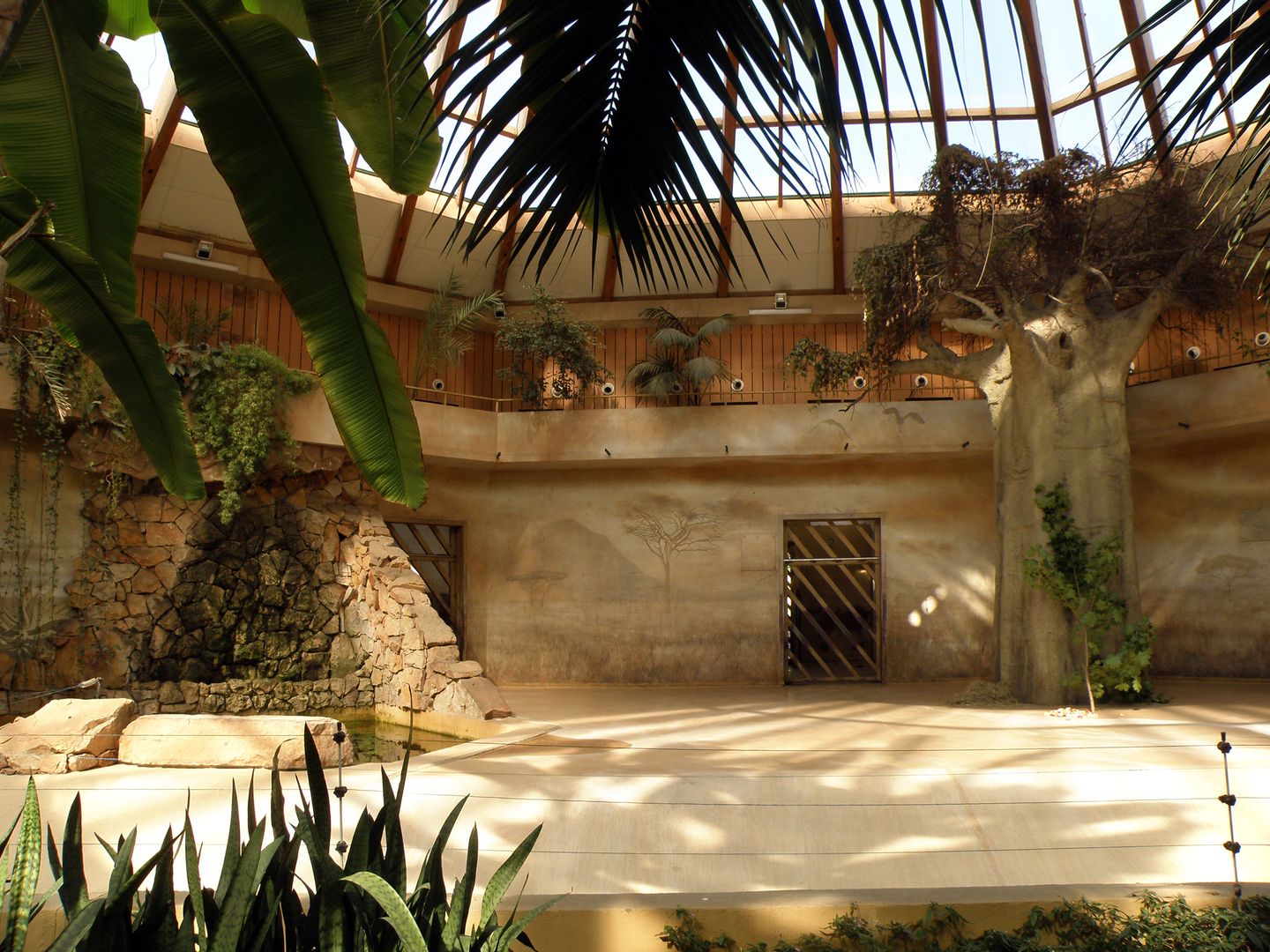Warsaw Municipal Zoological Garden named after Antonina and Jan Żabiński
8.11

Overview
The Municipal Zoological Garden named after Antonina and Jan Żabiński in Warsaw, opened in 1928, is located in the Praga-Północ district. Initially, the zoo covered an area of 12 hectares and housed about 500 animals. Its establishment was the result of Warsaw's aspiration to have its own zoo, which, in the context of other European cities like Paris or Budapest, was relatively late. In 1926, a small menagerie was created on Koszykowa Street, and in 1927, the decision was made to establish the Municipal Zoological Garden. The first director of the zoo was Wenanty Burdziński, and after his death, Jan Żabiński took over the position, contributing significantly to the zoo's development. In 1937, a historic event took place when the first elephant calf in Poland was born at the zoo. Unfortunately, World War II brought destruction; some animals were taken to Germany, and the zoo grounds became a place where the Żabińskis provided aid to Jews. After the war, the zoo was rebuilt, and in 1948, it regained the recognition of Warsaw residents. The zoo was gradually modernized and expanded; in the 1990s, it was entered into the register of historical monuments. Today, it is home to over 3,600 animals representing 489 species. The zoo features attractions such as a modern elephant house, an aviary, a herpetarium, a hippopotamus house, and a unique aquarium with exotic fish. In 2018, the zoo underwent modernization, and in 2022, its name was changed. An interesting fact is that all animals born in a given year receive names starting with the same letter. Throughout its existence, the Municipal Zoological Garden has become an important educational and cultural site in Warsaw, combining a passion for animal conservation with a unique historical heritage. The zoo is also a member of the European Association of Zoos and Aquaria, underscoring its international reputation.
Location
Tickets
Powered by GetYourGuide
2025 Wizytor | All Rights Reserved